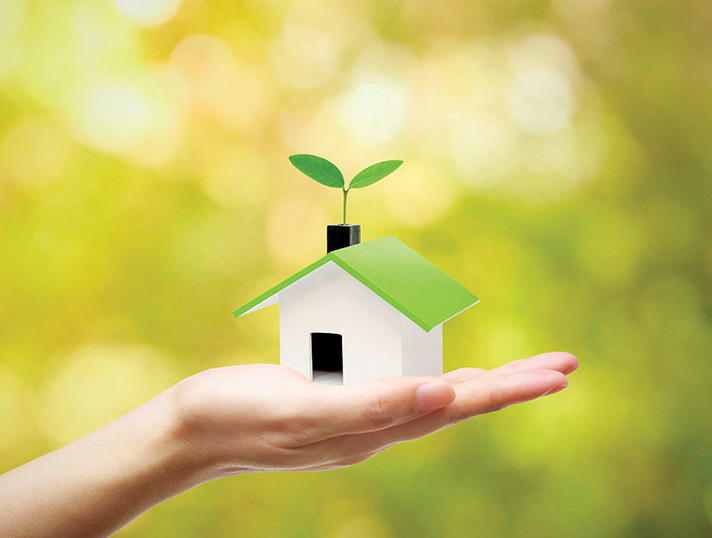Let’s Talk Real Estate – September 2021
I recently took a continuing education class all about Going Green, something I didn’t know much about, so I was surprised by what I learned and how much each of us can impact our environment. It was a great class with information worth sharing.
It’s surprising that focus on our environment really didn’t begin until 1969 in the United States. It was then that a series of river fires plagued our nation. Rivers in industrial areas were so polluted with chemicals from factory runoff that they caught on fire and in-turn, caught the attention of the public. During the same period, we also saw a decline of certain species, including our national bird, the bald eagle, which became a concern. Out of this concern came Earth Day in 1970, and then-president Richard Nixon formed the Environmental Protection Agency (EPA) to protect our environment.
So, what does “Going Green” mean? It means understanding that there are consequences to the environment from the resources we use and the choices we make. We can reduce our effect on the earth by reducing our ecological footprint which is much more encompassing than our carbon footprint. The 4 major ways we can control and reduce our ecological footprint are: 1) The food we eat, 2) Goods and Services we buy and use, 3) Mobility or how we get around, and 4) Homes we live in. For this article, I’ll just focus on one of the four, “Homes we live in,” and 5 ways we can improve our “Ecological Footprint” and make our homes greener.
1) Energy Use: Decrease our energy use
Homes are one of the biggest contributors to carbon gas emissions. There are lots of ways to save energy in our home and there are many tips below. You may want to start by getting a “Energy Audit” by a third party that looks at your insulation, windows, doors, and the amount of energy to heat and cool your home. You can find vendors at https://www.energy.gov/energysaver/weatherize/home-energy-audits.
- Add a programmable thermostat—only run the HVAC when needed
- Wrap your water heater with insulation
- Add Solar tubes—take advantage of natural lighting
- Close the fireplace damper while not in use
- Run the dishwasher only when full
- Use insulated window curtains to block summer heat but let it in during the winter
- Switch to all LED lighting
- Buy Energy Star appliances
- Add solar panels—use natural light
- Glazing or tint windows to keep the heat out in the summer
- Add ceiling fans to circulate the air
- Add dual or triple pane windows
- Alter your landscaping by adding tall trees that shade the house
- Buy an energy efficient HVAC. There is a SEER rating for efficiency of HVAC systems. The higher the number the better—14 or higher is good.
2) Water Efficiency: Conserve water by adding features that decrease indoor/outdoor water use
- Add low flush toilets OR dual flush toilets
- Replace your water heater with a tankless water heater
- Install low flow shower heads
- Add water collection devices. Rain barrels, capture rain water from the downspouts
- Reuse the grey water from your sink for your yard
- Landscaping for energy efficiency. Use natural landscaping in your area that doesn’t require supplemental irrigation
3) Sustainability: Using renewable products is a key
- Consider renewable and resource-efficient materials: Eco-Friendly flooring such as Bamboo, Cork or Hemp, Recycled flooring
- Walking Score—when you buy a new home look at its walking score— can you walk to services?
4) Materials used: Any time you update or remodel consider using environmentally-friendly products
- Use recycled glass products for: Countertops, Flooring, Backsplash, Lamps
- Linoleum vs vinyl is more eco-friendly
- If you are adding insulation, consider recyclable: Cotton, Cellulose–recycled paper
5) Indoor environmental quality: Be healthier and safer for occupants
- Use Eco-friendly carpeting with natural fibers
- Use natural insect repellants
- Use green paint, VOC paint (Volatile Organic Compounds)
There are many benefits to “Going Green,” such as reducing your carbon footprint, saving money, tax incentives and a healthier lifestyle. If we all implemented just a portion of the ideas presented in this article it would make a huge difference to our “ecological footprint” and go a long way to protect our environment ensuring future generations clean water, clean air and the beauty of nature.
